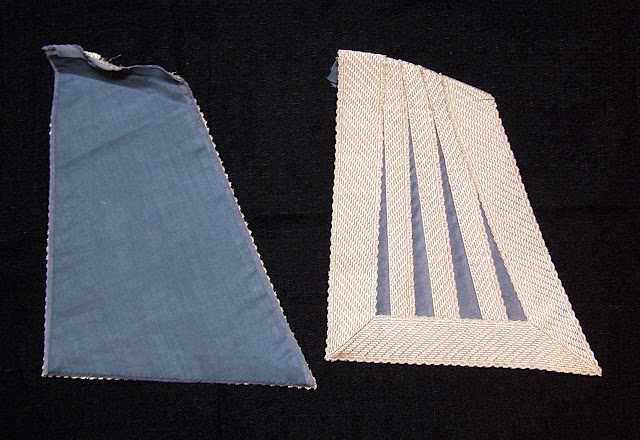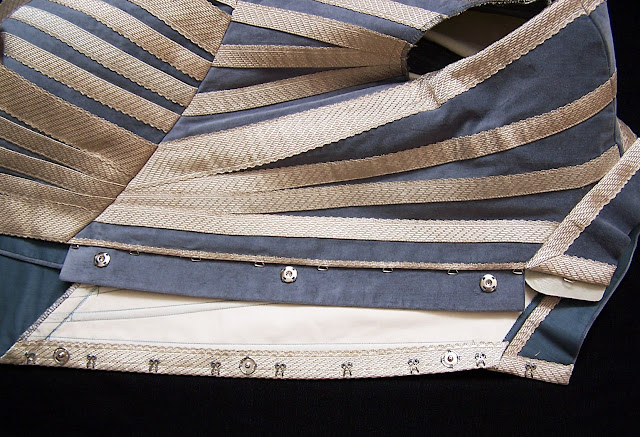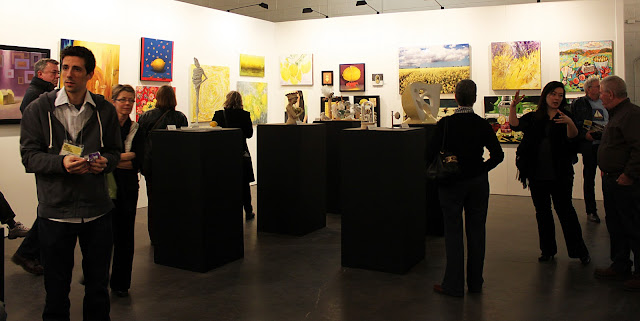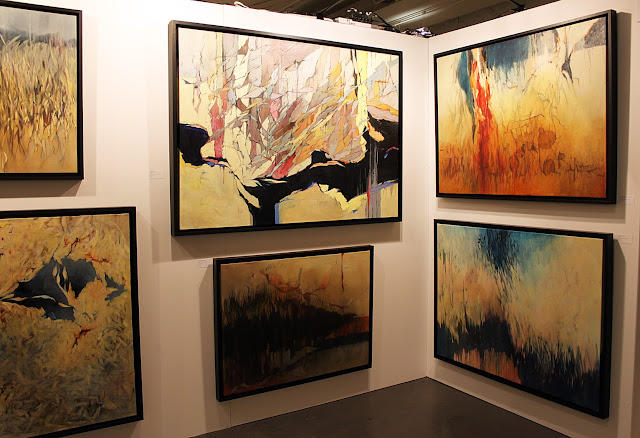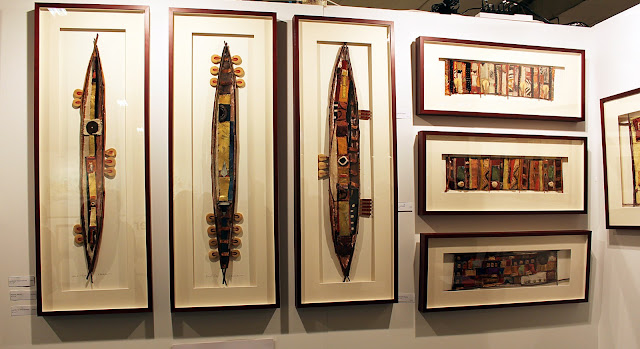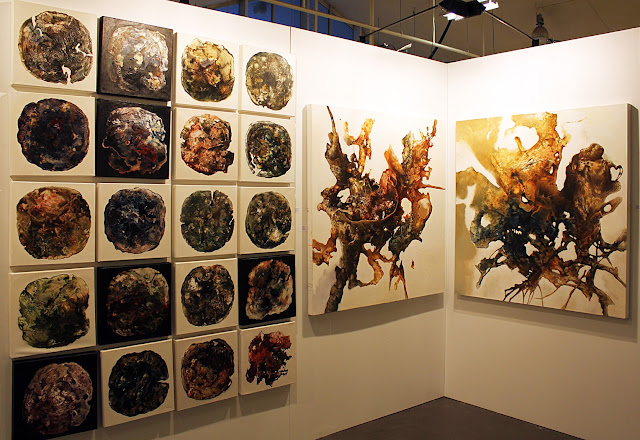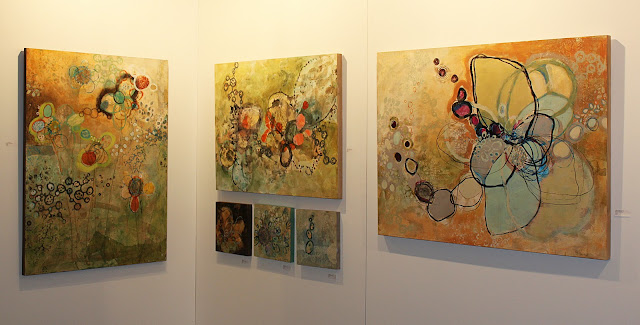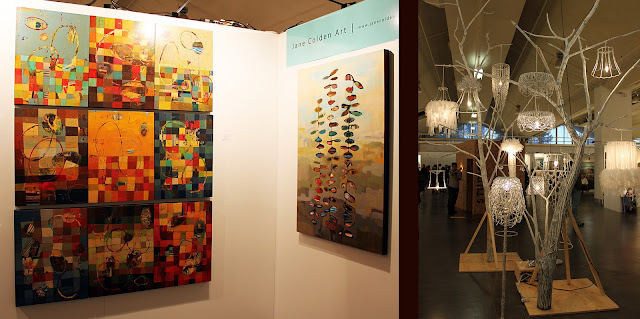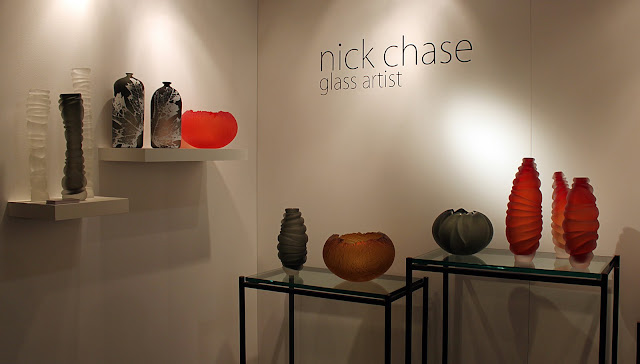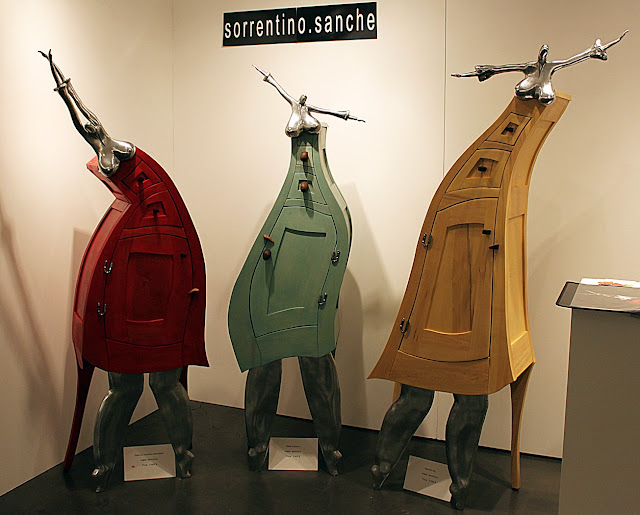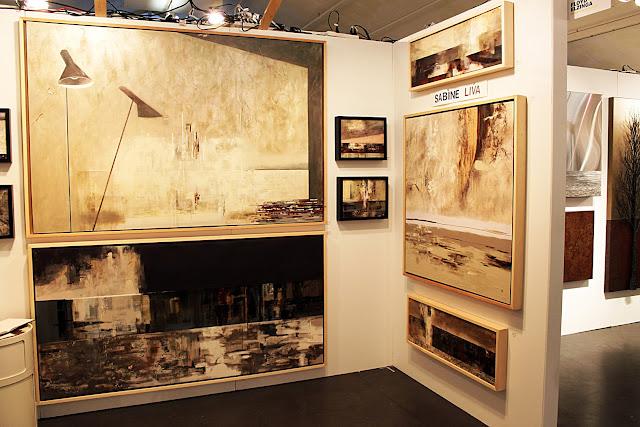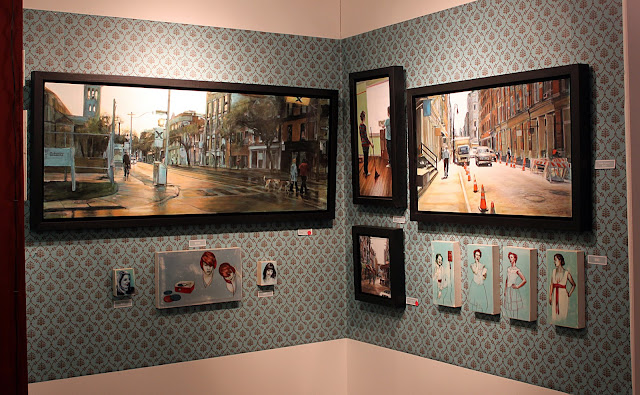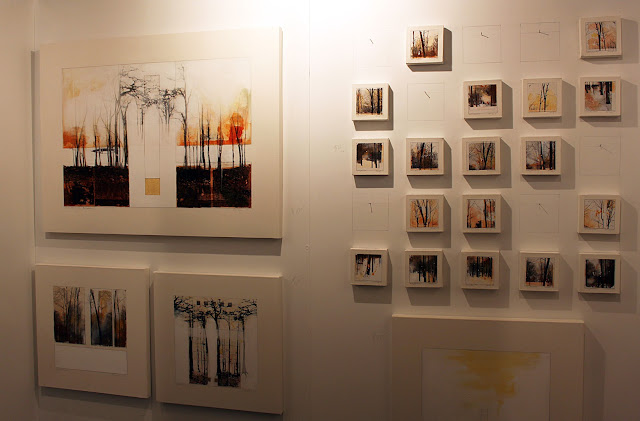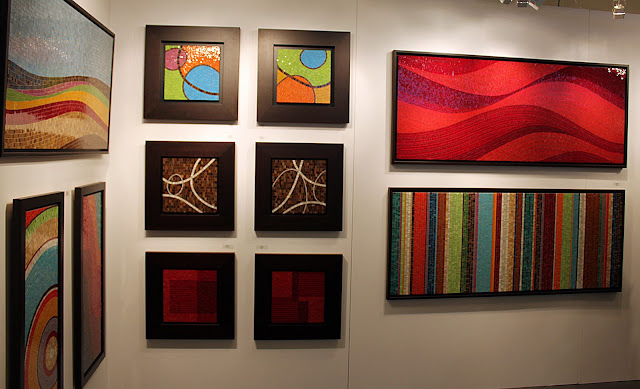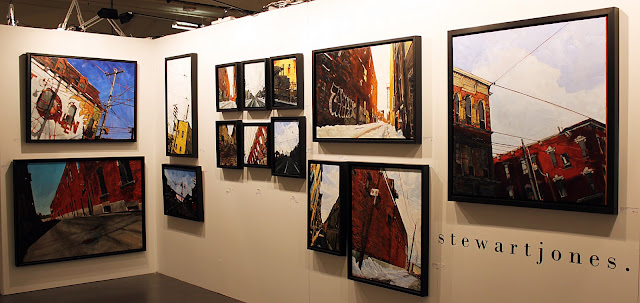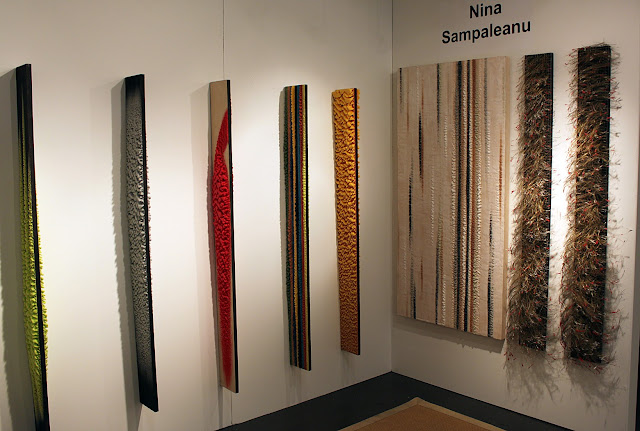 |
| Chakaia Booker and The Fatality of Hope |
Chakaia Booker is an internationally acclaimed American sculptor whose powerful pieces are created from discarded truck, car, and bicycle tires. Booker employs these forms to comment on themes ranging from black identity to urban ecology.
 |
| Dialog With Myself Never Mind | | | |
Like her sculptures, Booker is a carefully assembled and richly layered individual who sees herself as a sculpture through her tasks of dressing, sewing, cooking, and other daily activities which she considers to be art forms in their own rights. Beginning in the 1980s Booker created wearable sculptures which she could place herself inside and utilize as clothing. The wearable garment sculpture was about getting energy and feeling from a desired design. Booker continues to create a wearable sculpture in response to the materials which she uses in her current work. From her creations of wearable sculptures in the 1980’s, Booker began to create work from discarded materials which she found at construction sites. These found materials each had its own purpose, history, and use which she finds interesting. This search for discarded materials brings us to the “rubber tire” from which her most notable work is created.
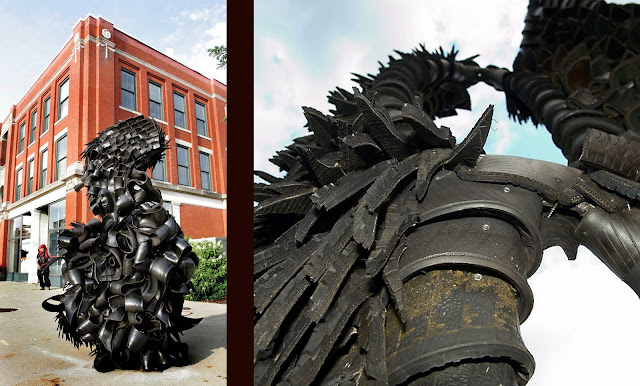 |
| Holla Renegade |
Chakaia Booker began working with rubber tires in the early 1990s and presently continues to work in this medium. The various tread patterns, colors, and widths which the tires possess create a palette for Booker similar to the palette of painter. Booker’s utilization of tires was considered to be an “aesthetic response to the urban landscape of Northern New Jersey”.
 |
| Discarded Memories Meeting Ends | |
Booker’s work has layers and layers of meaning loaded with social concerns throughout. The sculptures which were created with the tires are said to address African American identity. The black tires symbolize the strength of African American identity while the color nuances are meant to evoke the complexities of the black humans experience. Salvaging such defiant beauty from scraps of resilient black, rubber provides a compelling metaphor of African American survival in the modern world.
 |
| Conscience Disorder Conversion |
The effect of the monochromatic deep black sculptures is a powerful one; they resonate with the intensity of their opulent nature and one overlooks the ordinariness of the material. Booker's originality comes not only from the elevation of the commonplace substance to form a work of art but also from her forging of the material to her aesthetic. Booker makes the medium her own by bending it to her will and creating strong, personal works of art.
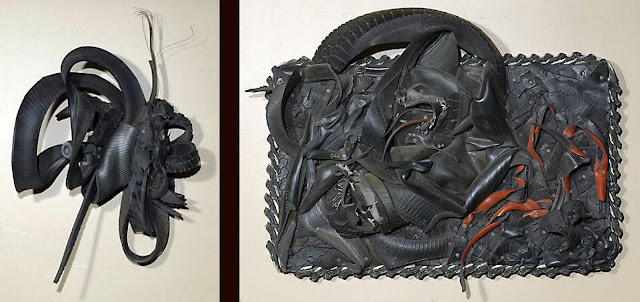 |
| Double Vision Predisposition |
" My work continues to rise from an amalgam of cultural and aesthetic influences and interest. Thinking of meaning and the tire as conceptual analogy, I think in terms of mobility, texture, movement, softness, power, and strength. My intention is to translate simple yet complex materials into imagery that stimulates people to reconsider the expressive nature of art and how broad complex cultural transformations can continue to be expressed through common materials. My desire is to create, through whatever materials I choose, my ever changing voice."
- Chakaia Booker
